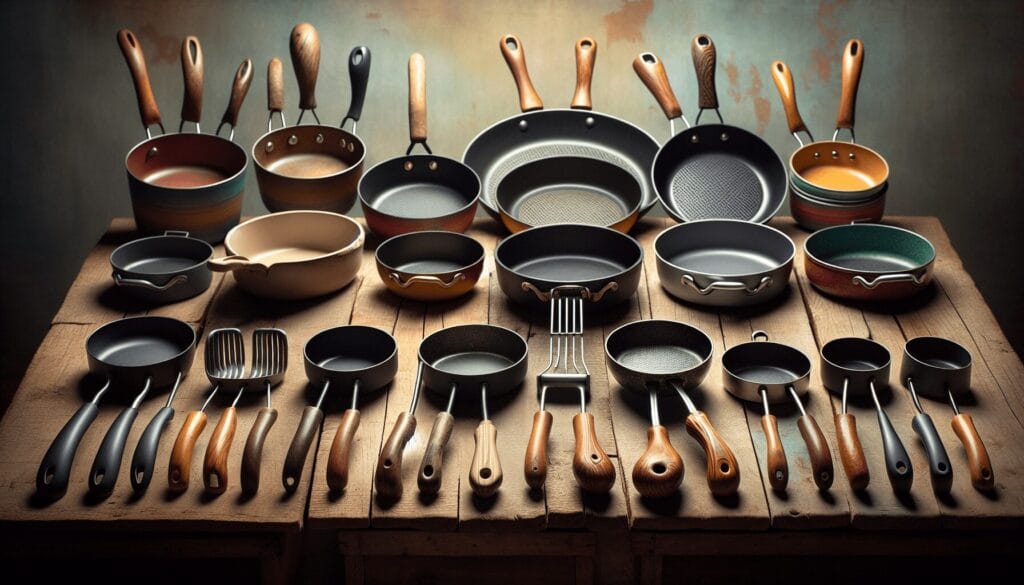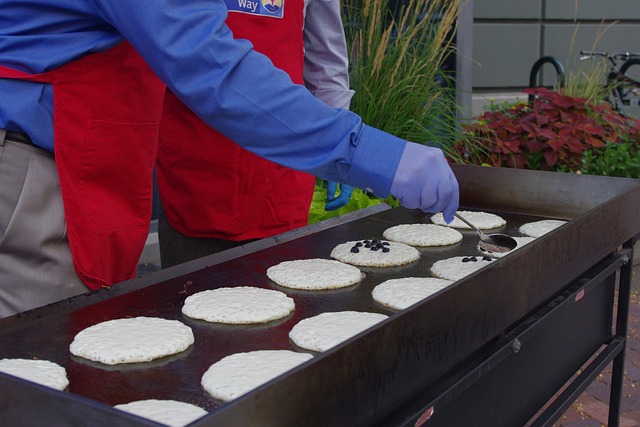Why Frying Pans Have Different Handle Designs
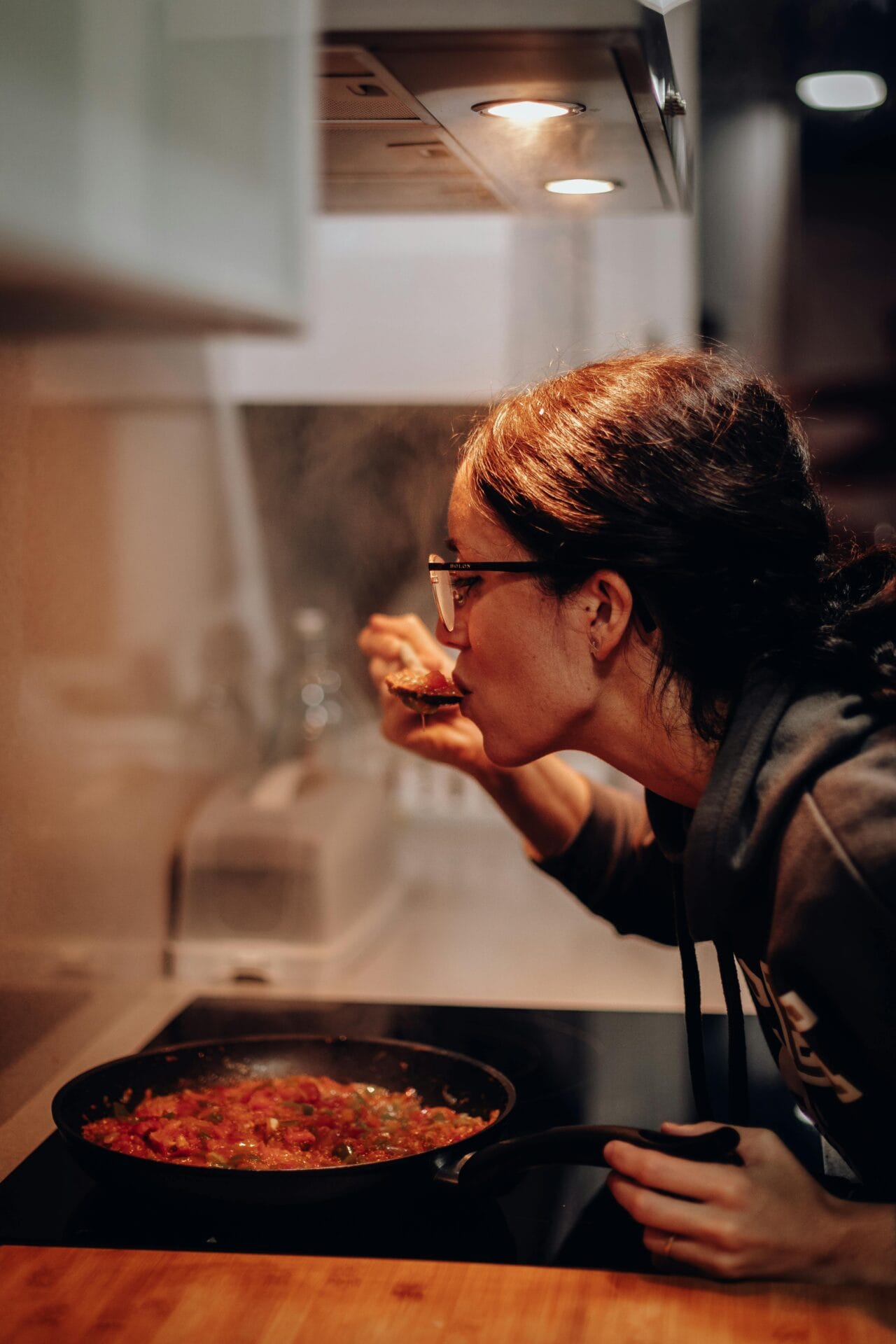
Have you ever wondered why frying pans come with such a variety of handle designs? It might seem trivial at first glance, but the truth is there’s more to those handles than just aesthetics. The design of a frying pan’s handle can affect its usability, safety, and even your cooking experience. Let’s take a closer look at why frying pans have different handle designs and what factors contribute to these variations.
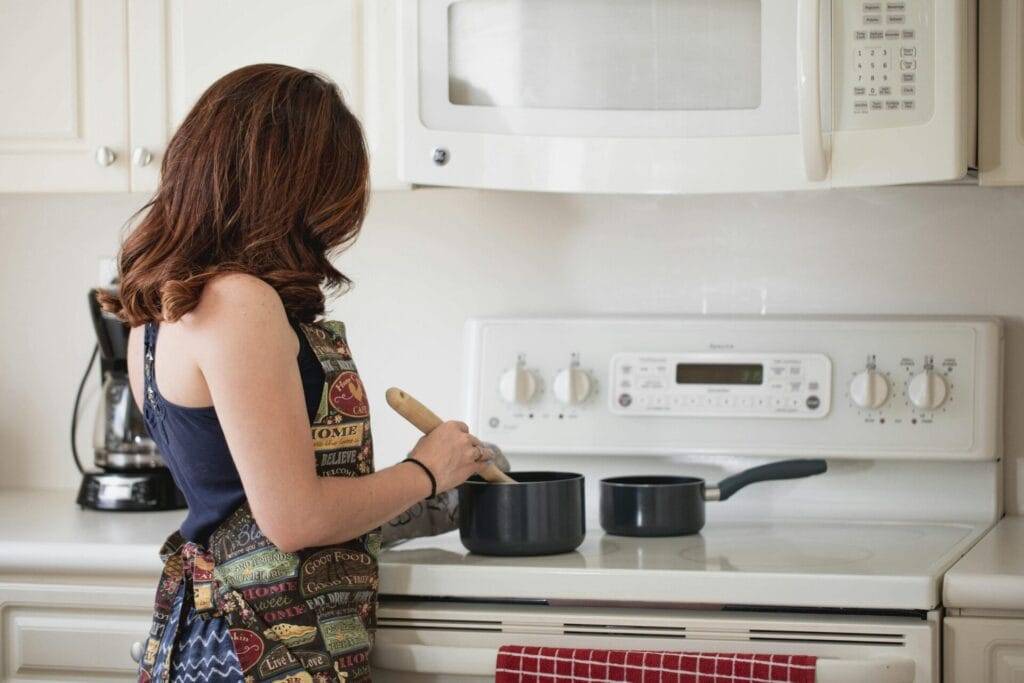
The Importance of Handle Design
The design of a frying pan handle matters immensely. It influences how you hold the pan, how heat is transferred to your hand, and how easy it is to maneuver while cooking. A well-designed handle can make a cooking task feel effortless, while a poorly designed one can lead to accidents or uncomfortable handling.
Ergonomics and Comfort
Ergonomics is the science of designing spaces, tools, and environments to improve comfort and efficiency. In the case of frying pans, an ergonomic handle can significantly enhance your cooking experience.
- Grip: Many handles are shaped to fit comfortably in your hand. A contoured grip allows for a more natural hold, reducing strain during prolonged cooking sessions.
- Weight Distribution: A well-balanced frying pan ensures that the weight of the pan is evenly distributed. If the handle is too heavy or light in comparison to the pan body, it can lead to awkward handling.
Heat Resistance
Another crucial factor in frying pan handle design is heat resistance. Cooking often involves high temperatures, and a handle that gets too hot can be uncomfortable or even dangerous.
- Material Choices: Manufacturers often use materials like stainless steel, silicone, or Bakelite for handles, each offering varying degrees of heat resistance. For example, silicone handles remain cool to the touch even on high-heat pans, making them safer to use.
- Design Features: Some handles feature additional insulation or designs that promote airflow. For instance, hollow handles trap air, keeping them cooler.
Types of Handle Designs
Frying pan handles can differ significantly in design, each serving a purpose that enhances usability, aesthetic appeal, or both.
Straight Handles
Straight handles are a common design choice for frying pans. They typically extend from the body of the pan without any curves.
- Pros: They provide a straightforward, secure grip and are often made from materials that remain cool, which makes them safe to hold.
- Cons: Depending on the weight of the pan, a straight handle may not offer as much leverage compared to angular designs.
Curved Handles
Curved handles are designed to fit the natural shape of your hand, making them more comfortable for extended use.
- Pros: They improve grip and are often ergonomically designed to reduce hand fatigue.
- Cons: In some instances, a curved handle may not provide the level of control that a straight handle offers, especially for heavy pans.
Dual Handles
Frying pans with dual handles often come in larger sizes and provide extra stability.
- Pros: The two handles allow for easier lifting and maneuvering, especially when dealing with heavier foods or when transferring the pan to and from the oven.
- Cons: They may take up more storage space and can make it challenging to use in compact kitchens.
Hang-On Handles
These handles often come with hooks or loops, designed specifically for hanging storage.
- Pros: Space-saving and easily accessible, hang-on handles can give your kitchen a rustic feel.
- Cons: The design may not be the best for every cooking task, as they can be less stable for heavy-duty frying.
Materials Used in Handle Construction
The material used to craft frying pan handles plays a significant role in their performance and durability. Here’s a breakdown of the most common materials:
Stainless Steel
Stainless steel is renowned for its strength and resistance to corrosion.
- Advantages: It offers an elegant aesthetic, lasting durability, and is often riveted to ensure stability.
- Considerations: Stainless steel handles can become quite hot during cooking, so you will need to use a pot holder.
Silicone
Silicone handles are becoming increasingly popular due to their heat resistance.
- Advantages: They remain cool to the touch, are comfortable to grip, and are often dishwasher safe.
- Considerations: Over time, silicone can wear out and may not be as durable against scratches.
Bakelite
Bakelite, a type of plastic, is often used for frying pan handles.
- Advantages: It can withstand high temperatures, and many designs feature a textured grip.
- Considerations: It’s less durable than metals and can degrade over time if exposed to extreme heat.
Wood
Wooden handles are often used on skillets and offer a classic, rustic aesthetic.
- Advantages: They stay cool to the touch and can add warmth to your kitchen.
- Considerations: Wooden handles require more maintenance to prevent cracking and burning.
Functionality in Design
Beyond aesthetics and comfort, functionality is at the heart of frying pan handle design. Think about what kind of cooking you do most often—this can also inform your choice.
Weight and Balance
A frying pan’s weight is crucial when considering handle design. Heavier pans can benefit from sturdier, thicker handles, while lightweight pans can work with more delicate designs.
User Preference
Different users will have varying preferences regarding handle design based on their cooking style and habits.
- Home Cooks: Casual cooks may prefer a lightweight, easy-to-handle frying pan.
- Chefs: Professional chefs often prefer ergonomic designs that allow for longer periods of use without causing fatigue.
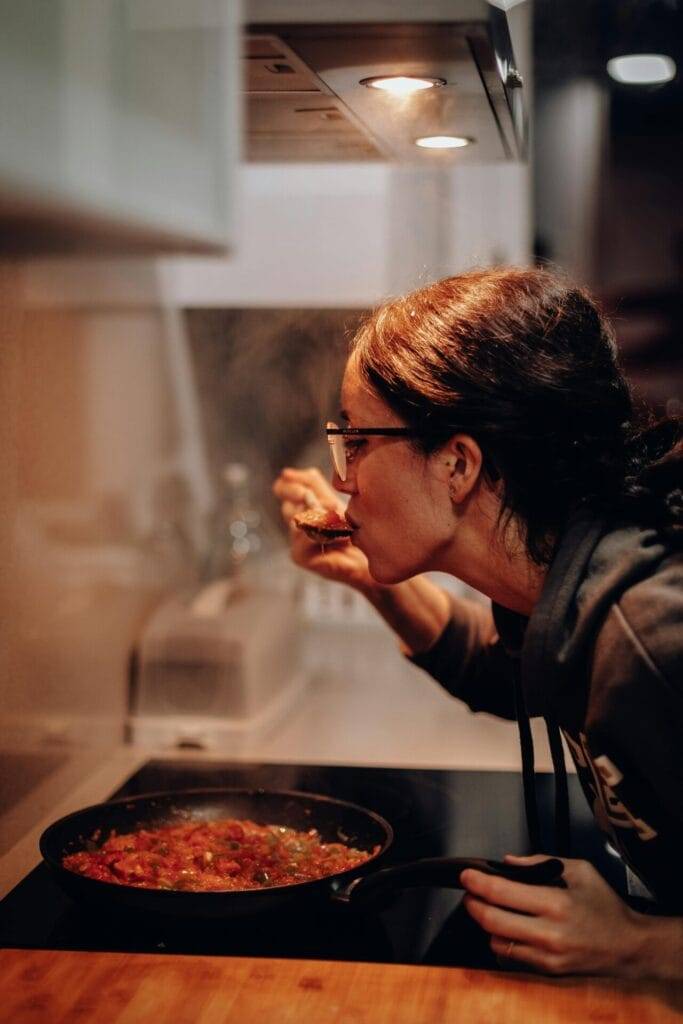
Safety Considerations
Cooking can present various hazards, especially if your equipment isn’t up to standard. Understanding the relationship between handle design and safety can enhance your cooking experience.
Heat Control
As mentioned earlier, a handle that remains cool is vital for safety.
- Heat Resistant Designs: Ensuring that the materials and shapes you select help keep the handle at a safe temperature is paramount, especially when using high heat.
Stability While Cooking
A poorly designed handle can increase the risk of spilling hot contents, leading to burns or injuries.
- Bumpy Textures: Textured handles improve grip, reducing the chances of slipping while stirring or flipping.
Trends in Handle Design
As cooking techniques evolve and new materials are developed, so too does handle design. Let’s look at some of the current trends shaping the future of frying pan handles.
Minimalistic Designs
Minimalism is taking center stage in modern cookware. Sleek, streamlined handles are not just stylish; they often reduce unnecessary weight.
- Benefits: Reduced weight can lead to better control while cooking, allowing for more intricate techniques.
Multi-functional Handles
Some contemporary frying pans feature handles that serve multiple functions.
- Examples: You might encounter handles that double as a spoon rest or include built-in measuring guides.

Care and Maintenance
Once you’ve chosen a frying pan with a handle design that works for you, it’s essential to consider how to care for it to maintain its functionality and appearance.
Proper Cleaning Techniques
Different materials require different cleaning methods.
- Stainless Steel: Stainless steel handles can typically be cleaned in the dishwasher, but you should confirm this with the manufacturer’s guidelines.
- Silicone: Silicone handles can safely go in the dishwasher, and so can Bakelite typically, but take extra care not to expose them to too much heat.
Avoiding Damage
Understanding how to properly handle, clean, and store your frying pan can extend its life significantly.
- Temperature Curtailing: Avoid exposing plastic handles to extreme heat to prevent warping or burning.
Understanding Local Preferences and Cultural Influences
Lastly, let’s consider how cultural preferences influence frying pan handle designs worldwide.
Culinary Traditions
In some cultures, traditional cooking practices may dictate specific handle designs for optimal cooking performance.
- Asian Cookware: For example, woks often have two small handles, making them easier to toss food, showcasing different cultural needs in pan design.
Market Demographic
Regional markets may prefer specific designs based on user habits, preferences, or local cooking styles.
- Home Cooks vs. Professionals: Different markets will prioritize different design features based on who is using the cookware more frequently.
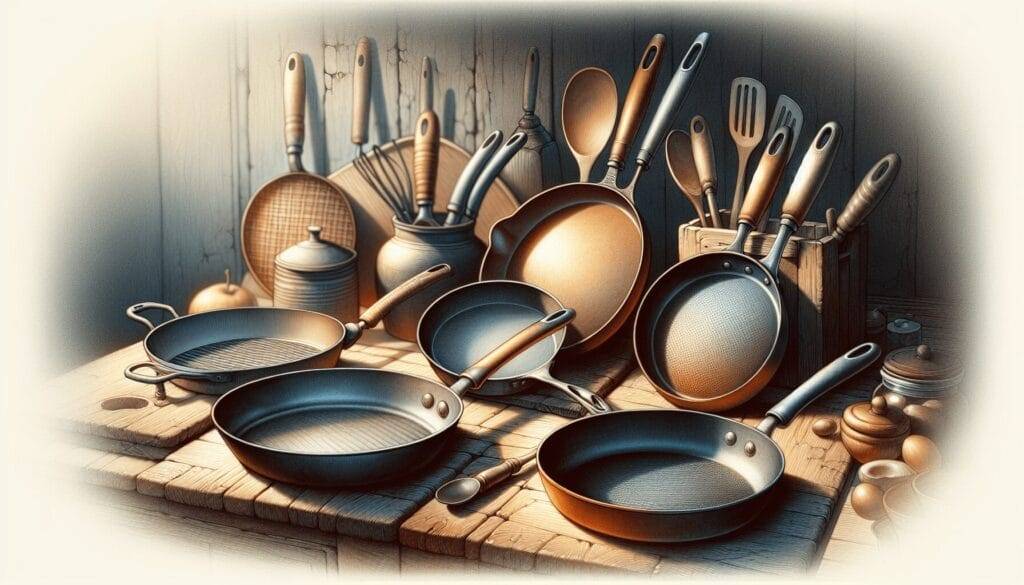
Why Should You Care?
As someone who loves to cook, understanding the nuances of frying pan handle designs can improve your overall cooking experience. You might find yourself gravitating toward specific designs based on your cooking style, making meal prep more enjoyable and efficient.
Finding Your Perfect Pan
When you’re in the market for new cookware, a well-informed choice can make all the difference. Consider your personal cooking habits and preferences while evaluating different handle designs and materials.
Enhancing Your Cooking Experience
Ultimately, the right frying pan with a thoughtful handle design can turn everyday cooking into an enjoyable and safe experience. From ergonomics to heat resistance, knowing what to look for helps you enhance your culinary skills.
Conclusion
In focusing on why frying pans have different handle designs, you’ve learned that it’s not just about good looks. The design of a frying pan’s handle plays a vital role in safety, usability, and comfort while cooking.
In your future cooking adventures, keep these considerations in mind, and you’ll not only elevate your dishes but also enjoy the process in style. Ultimately, understanding these elements can help you make an informed decision next time you’re purchasing cookware, ensuring you get the best fit for your culinary needs.
